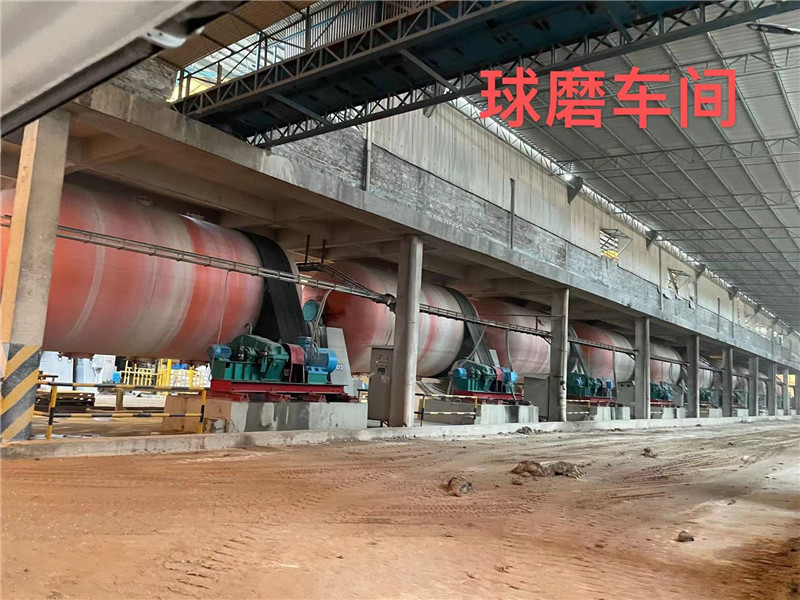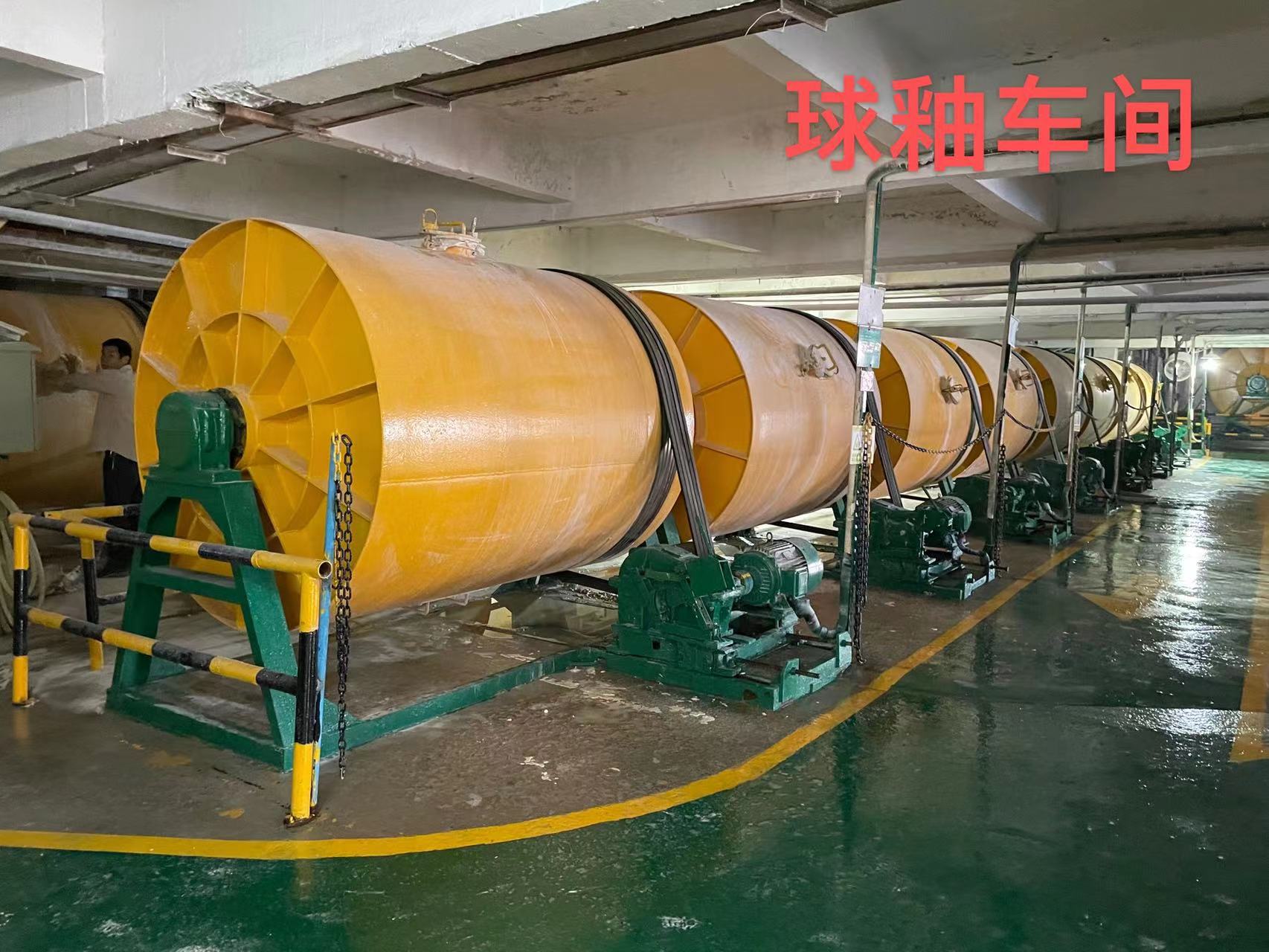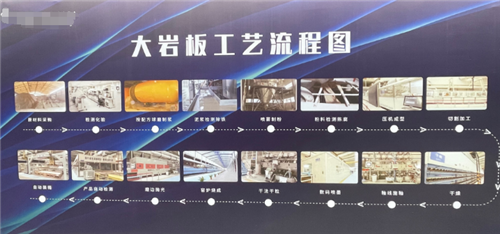Ceramic tiles have become an integral part of our lives, adorning our floors, walls, and even our roofs. Behind their aesthetic appeal lies a fascinating scientific process that transforms raw materials into durable and visually appealing tiles.
This article delves into the science behind ceramic tile manufacturing, shedding light on the intricate steps involved in their production.
At the heart of ceramic tile manufacturing are the raw materials, which serve as the building blocks of these versatile tiles. A carefully selected combination of clay, minerals, and additives is blended together to create a homogenous mixture. This mixture then undergoes a series of processes, including mixing, forming, and drying, to shape the tiles into their desired forms.
The firing process is the pivotal step that truly brings out the ceramic properties of the tiles. The tiles are subjected to high temperatures in kilns, where the clay particles undergo chemical and physical transformations, resulting in a solid and durable ceramic structure. Following firing, the tiles are often glazed and finished, adding a protective layer and enhancing their aesthetic appeal.
Understanding the science behind ceramic tile manufacturing not only deepens our appreciation for these everyday objects but also paves the way for advancements in the field. By studying the materials and processes involved, scientists and engineers can continually improve the quality, durability, and sustainability of ceramic tiles, ensuring their continued relevance in our modern world.


The selection of raw materials is a crucial step in the ceramic tile manufacturing process as they serve as the fundamental components for the production of high-quality tiles.
The raw materials used in ceramic tile manufacturing typically include clay, feldspar, silica, and various minerals. Clay, being the primary ingredient, provides plasticity and workability to the mixture.
Feldspar acts as a fluxing agent, reducing the melting point of the clay and enhancing its vitrification. Silica, in the form of quartz, is responsible for the hardness and durability of the final product.
Additionally, minerals such as talc, dolomite, and calcium carbonate may be added to improve specific properties like whiteness, strength, or resistance to moisture.
The careful selection and proportioning of these raw materials ensure consistency and quality in the ceramic tile manufacturing process.
During the mixing and forming process, various raw materials are combined together to create a homogeneous mixture that is then shaped into ceramic tiles.
The first step in this process is the weighing and measuring of the raw materials, which are typically composed of clay, feldspar, and silica. These materials are then mixed together in a ball mill, where they are ground into a fine powder.
Water is added to the mixture to form a slurry, which is then filtered to remove any impurities. The resulting mixture is then poured into molds and pressed to remove excess water.
The tiles are then dried and fired in a kiln at high temperatures to harden them and give them their final shape.
This mixing and forming process is crucial in ensuring the quality and durability of ceramic tiles.
One crucial step in the production process involves efficiently removing moisture from the ceramic tile mixture before it is fired. This step is known as drying and preparing for firing. The purpose of this step is to eliminate any remaining moisture in the tile mixture to prevent cracking and warping during firing.
After the mixing and forming process, the tiles are carefully arranged on drying racks in a controlled environment. The drying process can take several hours or even days, depending on the size and thickness of the tiles. Air circulation and temperature control are crucial factors in ensuring uniform drying and preventing any potential defects.
Once the tiles are completely dry, they are ready for the next stage of the manufacturing process, which is the firing process.
Once the ceramic tiles have been thoroughly dried, they undergo a transformative process known as firing, where the clay is subjected to high temperatures to create a durable and aesthetically pleasing finished product.
The firing process is a crucial step in ceramic tile manufacturing as it involves the physical and chemical transformation of the clay into a ceramic material. During firing, the clay particles undergo a series of complex reactions, including the decomposition of organic materials, the elimination of water, and the formation of new mineral phases. These reactions occur at different temperature ranges, and the firing cycle is carefully controlled to ensure the desired properties of the ceramic tiles, such as strength, density, and color, are achieved.
The firing process is typically divided into three stages: heating or drying, sintering, and cooling. Each stage is carefully monitored to ensure that the tiles are fired to the correct temperature and for the appropriate duration, resulting in high-quality ceramic tiles that are suitable for various applications.
To complete the ceramic tile production process, the final stage involves the application of glaze and finishing techniques, which enhance the aesthetic appeal, durability, and functionality of the tiles.
Glazing is the process of applying a thin layer of liquid glass onto the surface of the tile. This layer is then heated at high temperatures to create a chemical reaction that transforms the glaze into a hard, glossy surface. The glaze not only adds a decorative element to the tile but also provides protection against stains, scratches, and moisture. Additionally, it improves the tile's durability and makes it easier to clean.
After glazing, finishing techniques such as polishing and embossing may be applied to further enhance the appearance and texture of the tile. These techniques contribute to the overall quality and attractiveness of the finished product.

In conclusion, the manufacturing of ceramic tiles involves a precise and intricate process.
It begins with sourcing and mixing the raw materials, followed by forming and shaping the tiles.
The drying and firing stages then transform the clay into durable ceramic.
Finally, glazing and finishing techniques are applied to add the final touches.
This systematic approach ensures the production of high-quality ceramic tiles that are widely used in various applications, from flooring to decorative elements.